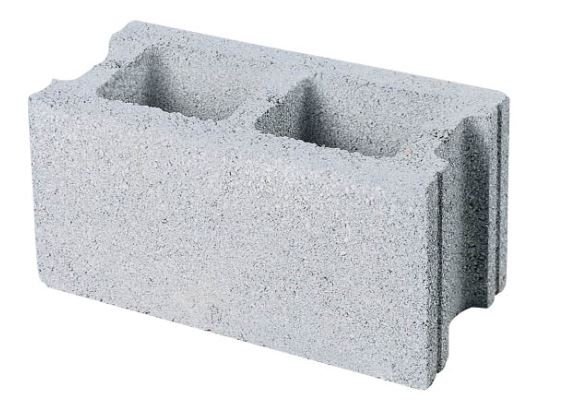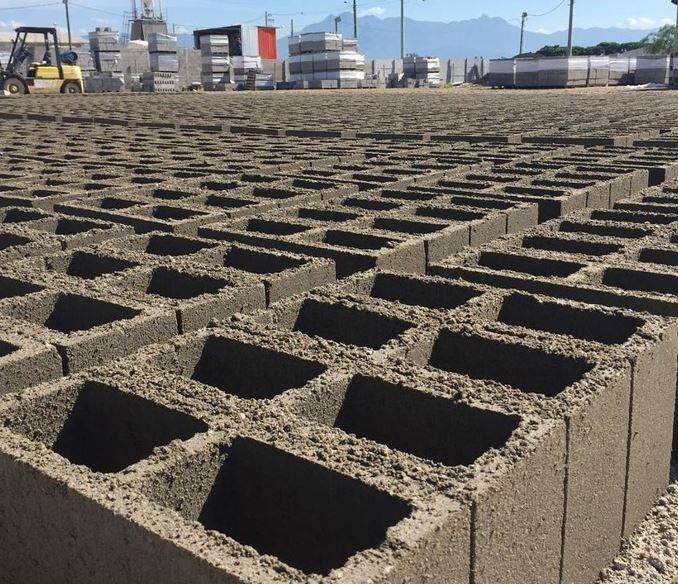Sandcrete Block Making

Sandcrete blocks and bricks are masonry units manufactured from a mixture of cement, sand and water, and it plays a crucial role in the building construction. Sandcrete blocks are largely used for load bearing and non-load bearing walls and foundations. Our production process and necessary tests performed on both raw materials and sandcrete blocks are discussed in the following sections.
British standard (BS 6073) part I defines block as a mansory unit of large size in all dimensions than
specified for bricks but no dimensions should exceed 650mm nor should the height exceed either its
length or six times its thickness. Sandcrete blocks are of various sizes: 225mm (9 inches), 150 mm (6
inches) , 125 mm (5 inches ) and 10 mm (4 inches) respectively.
Sandcrete Blocks Manufacturing Process
The manufacturing process of sandcrete blocks is as follows:
1. Batching
Measuring materials for sandcrete block production is called batching. There are two methods for batching including weight and volume method.
2. Mixing Materials
Mixing materials is carried out after batching. It could be done either manually or mechanically. The former method used for the production of large number of sandcrete blocks. However, the latter is advised when small number of blocks are needed. Cement and sand shall be blended sufficiently and then water is added to the mixture. This process shall be done properly otherwise the block quality will be compromised. Lastly, the addition of excessive water shall be prevented since it leads to shrinkage and distortion of the blocks on drying.

3. Molding Sandcrete Blocks
After mixing, molds will be filled with materials. Different machines and molds are available for use in the production of sandcrete blocks. For example, electric vibrating machine, hand press machine, and local steel/wooden hand mold. The quality of blocks produced by each molding machine is different due to variations in the degree of compaction. The electric vibrating machine produces high quality and strength blocks compared with other moulding methods.
4. Compaction
After molds are filled, the material is compacted to eliminate voids inside the mixed materials. Not only does the compaction process improve sandcrete block quality but also its durability. The compacted blocks are then pushed out of the moulds onto a flat surface.
5. Curing Sandcrete Blocks
It includes wetting of blocks with water so as to permit proper hydration and hardening to take place and eventually achieve full strength. The application may be done by watering can, rubber hose or buckets, or sprinkling water on the blocks and covering with a tarpaulin or damp sacks.
6. Stacking
This is the arrangement of the blocks one on top of the other, ready for sale or use.

